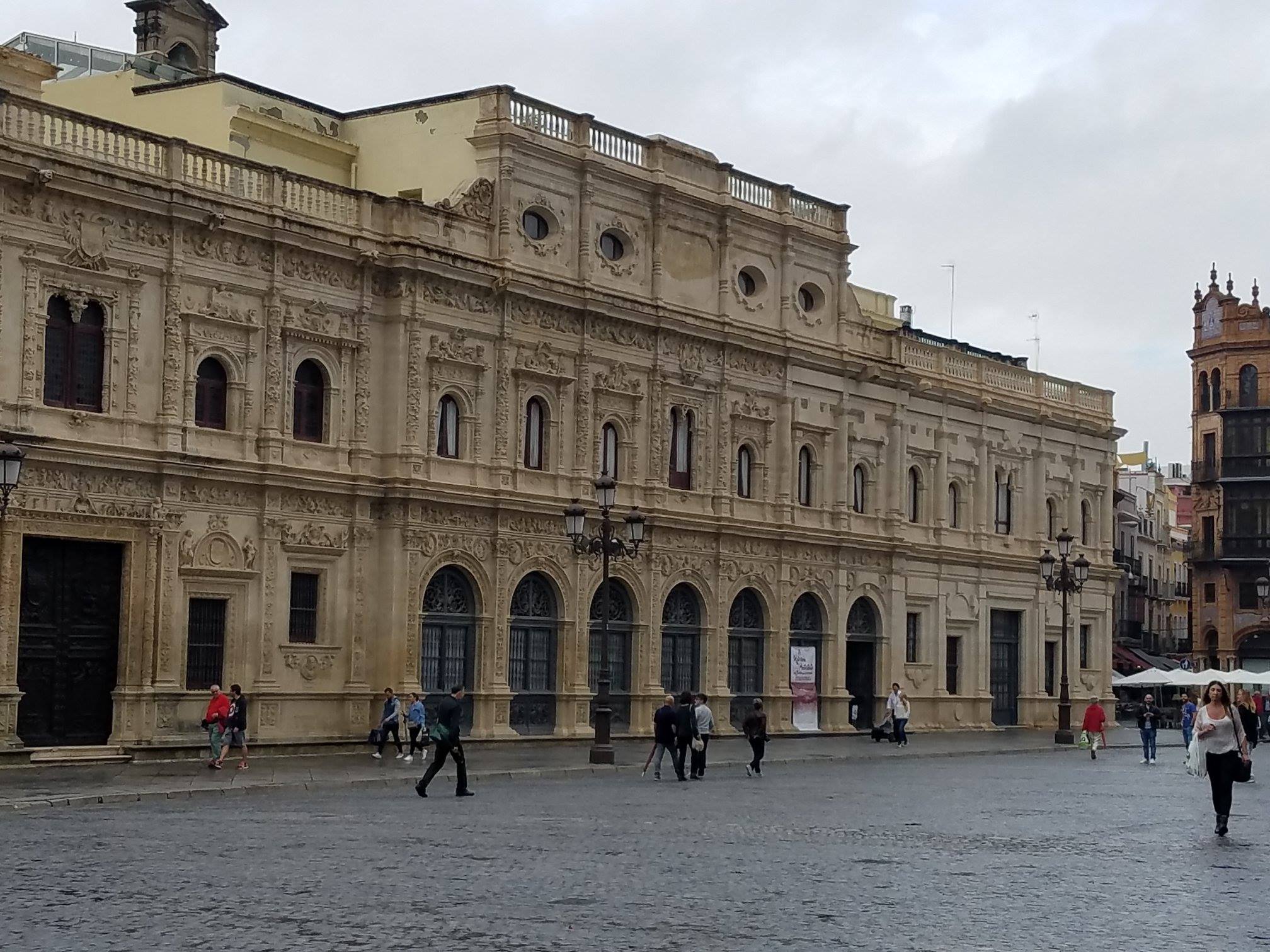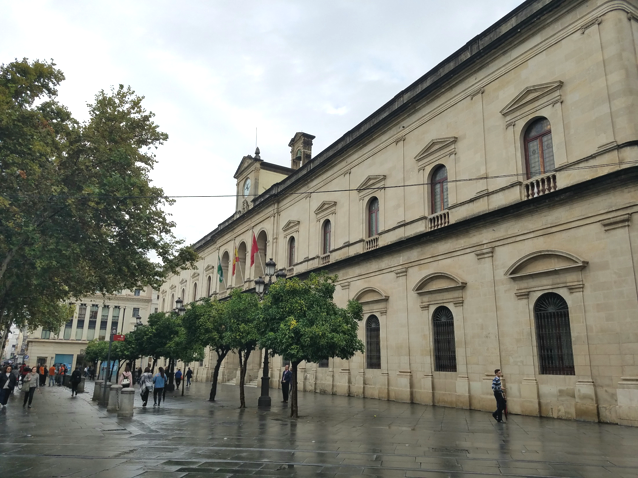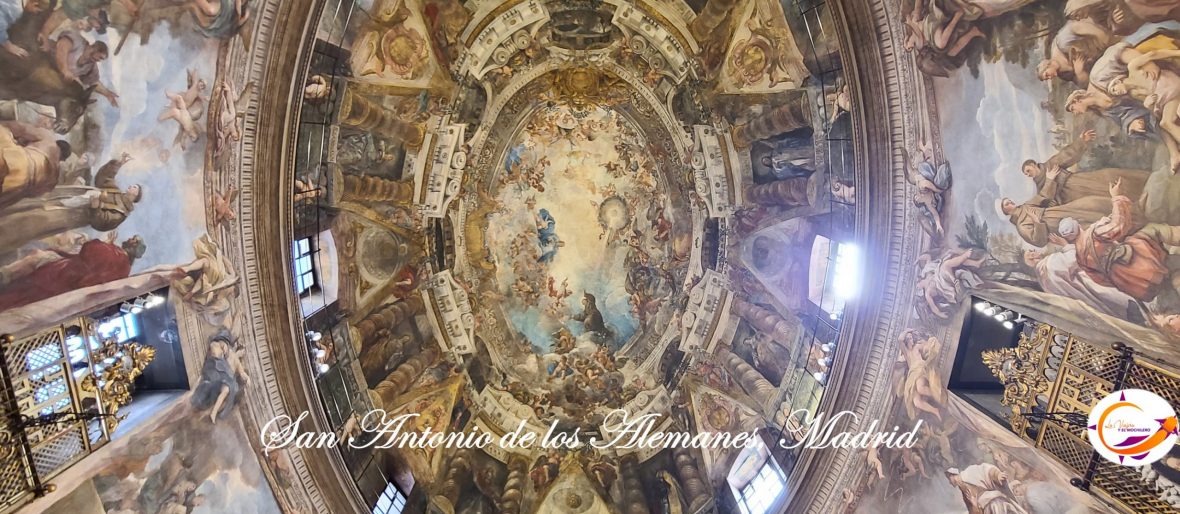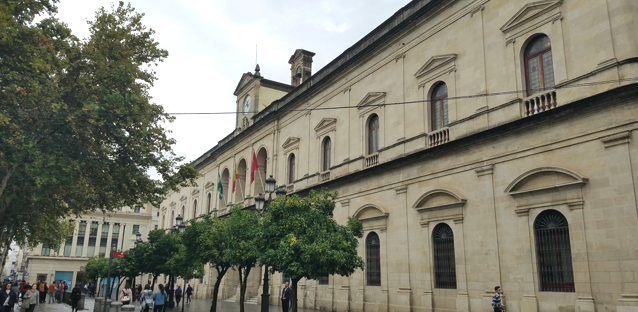The consistorial house of Seville, in Spain, is the main seat of the Seville City Council. This building is one of the most notable examples of plateresque architecture in Andalusia. It was decided to erect the structure in the Plaza de San Francisco, which was a central and commercial area, in front of the convent that gave it its name and in front of the “Audiencia”. The work began in the year 1526, and the first City Council Meeting held for the first time in this new headquarters in 1556.
 Its construction resulted from the independence of the civil power against the religious, breaking a tradition which until then the ecclesiastical and municipal councils had shared headquarters, as well as the beginning of a program of urban reforms aimed at transforming the image of the city. The building also breaks the local tradition of brick, using stone as a classic element. It incorporates an entire ornamental and iconographic program, an exponent of the new image that the city wanted to offer of itself.
Its construction resulted from the independence of the civil power against the religious, breaking a tradition which until then the ecclesiastical and municipal councils had shared headquarters, as well as the beginning of a program of urban reforms aimed at transforming the image of the city. The building also breaks the local tradition of brick, using stone as a classic element. It incorporates an entire ornamental and iconographic program, an exponent of the new image that the city wanted to offer of itself.
The facades are developed horizontally, with two floors covered both outside and inside plateresque reliefs of vibrant sculptural carving and grotesque Florentine accent. They integrate heraldic shields and emblems alluding to justice, harmony and good government, with representations of characters linked to the city: the mythical founder Hercules, Julius Cesar who granted the first “Cabildo”, and the Emperor Carlos who made Seville the capital of his empire.
 The City Hall was restored after the demolition of the convent of San Francisco in the XIX century, a new main facade was conceived, now facing the “Plaza Nueva”, a neoclassical court or town square. The interior was also reorganized, around two courtyards and a grand neoclassical staircase. In the building are stored various elements of great artistic and historical interest, such as the flag of the city. The City Council Building of Seville is listed as a Monument since 1931
The City Hall was restored after the demolition of the convent of San Francisco in the XIX century, a new main facade was conceived, now facing the “Plaza Nueva”, a neoclassical court or town square. The interior was also reorganized, around two courtyards and a grand neoclassical staircase. In the building are stored various elements of great artistic and historical interest, such as the flag of the city. The City Council Building of Seville is listed as a Monument since 1931

